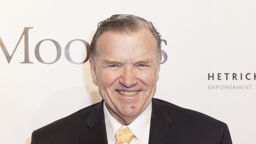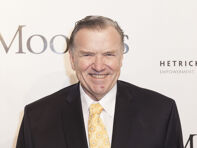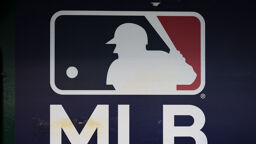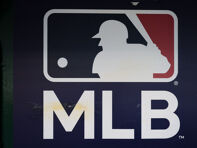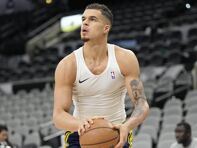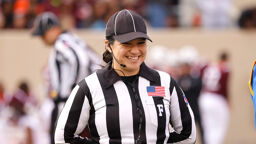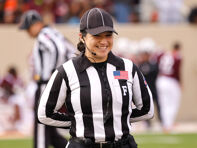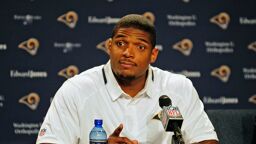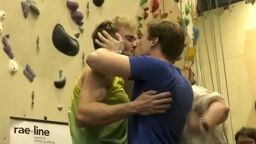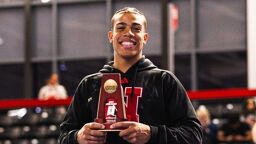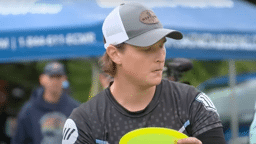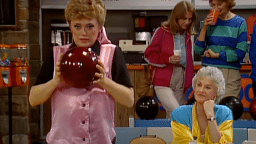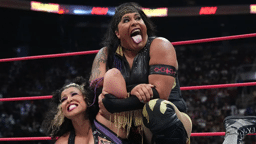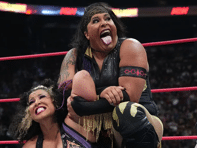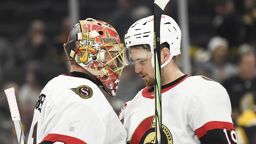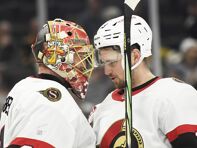Pro wrestling is an industry built on myths and legends; figures that infuse every facet of themselves with bombastic severity and leave the industry better for housing their presence. Pat Patterson unquestionably embodied this tenet, but his career is one of the few that spread that impact beyond the industry to which he devoted his life.
Few wielded as much influence in wrestling as Patterson during his career. But Patterson’s true relationship with the business that elevated his name lies much closer to his core. Nearly every major moment of his life came as a result of draping himself in wrestling’s cape of canvas and cloth.
Patterson ventured to the U.S. shortly after beginning his career in Montreal in 1958 at the age of 17. He arrived in Boston speaking very little English, yet still entrenched himself in the local territory. His time in New England would open doors professionally for him nationwide, but it also presented an environment for him to fully embrace his gay identity. It was Boston where he met his longtime partner Louie Dondero.
His in-ring career blossomed in the 1960s. He flourished in the Pacific Northwest before forming the legendary tag team The Blond Bombers alongside Ray Stevens in Roy Shire’s San Francisco territory. He was an international star and cemented himself as one of the greatest tag team wrestlers of his era, arguably ever, over the better part of two decades; all before he ever made it to WWE.

That history helped Patterson rise to prominence immediately once he set foot in WWE. He was famously crowned the first WWE Intercontinental champion in 1979 after “winning” a tournament in Rio de Janeiro: a tournament that became a running joke in wrestling circles because it never actually happened. He routinely sold out Madison Square Garden during fierce rivalries with Bob Backlund and Sgt. Slaughter, the latter of which produced the celebrated Alley Fight match in 1981.
But Patterson’s influence wouldn’t end following his retirement in 1984. He served as a commentator, referee and producer. He took the lessons learned from his time with Shire and Eddie Graham and became a key creative force during WWE’s first boom during the 1980s. Patterson was Vince McMahon’s right-hand for more than a decade, helping craft characters and stories that remain etched into the minds of wrestling fans worldwide.
Patterson created the Royal Rumble match, the event that even the most jaded of WWE fans still hold in high regard. He was one of the most memorable on-screen figures of the fabled Attitude Era as McMahon’s stooge alongside fellow legend Gerald Brisco. Nearly every pro wrestler from the mid-80s onward points to Patterson as a significant influence in their career.
And he accomplished all of this while being out to everyone in the business. While Patterson didn’t formally come out publicly until 2014, his identity wasn’t anywhere near a secret to those tuning into WWE programming, myself included.
For many, Patterson’s sexual orientation was his most powerful aspect — especially against the background of pro wrestling’s near-constant flirtation with homophobia. Many erroneously point to Patterson as the first out gay pro wrestler, but that narrative’s hold remains strong because of the legacy Patterson leaves behind. It’s why nearly every headline announcing his death Wednesday included the term “trail blazer.”

But Patterson deserves that moniker for so much more. He proved that LGBTQ people excel in every facet of the pro wrestling business. Before the voices of DJ Accident Report and Larry Legend accompanied matches, there was Pat Patterson. Before Billy Dixon, MV Young and Darnell Mitchell produced emotionally invoking matches and stories, there was Pat Patterson. Before Aubrey Edwards and Odie Brown donned the stripes and counted pinfalls, there was Pat Patterson.
Before every LGBTQ pro wrestler that continues to push the boundaries of the industry and make it recognize the power they hold, there was Pat Patterson.
Patterson may be gone, but what he represented is stronger than ever. Remember that the next time you see a crowd “go banana!”


